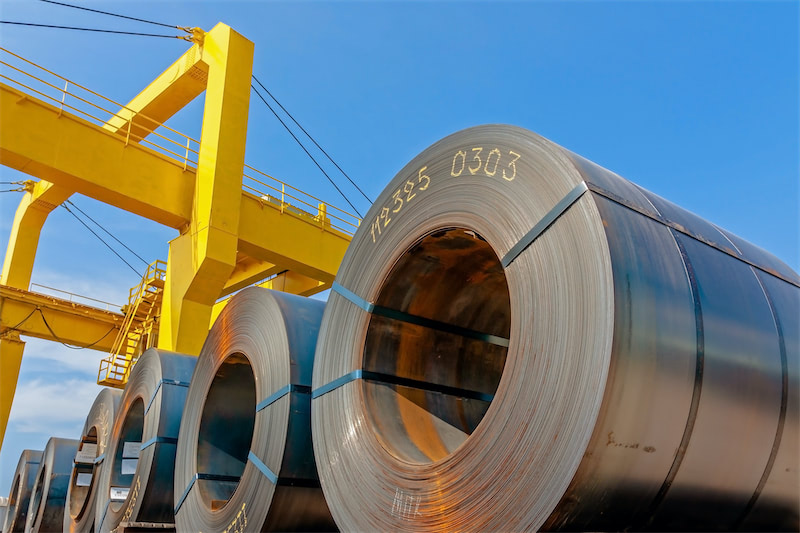






On April 2, President Donald Trump announced a new round of reciprocal tariffs. There is still no exemption from the existing tariff of 25% on imports of unwrought aluminium and aluminium products, and the scope was extended to imports of beer and aluminium cans.
As of April 3, the LME 3M daily average price stood at $2,460/t. In that case, the 25% tariff adds an estimated $615/t to the import cost. After factoring in ocean freight and inland transportation, the full landed cost for aluminium imports into the U.S. exceeds $800/t. At present, the U.S. Midwest premium has reached around $850/t, essentially aligning with this cost threshold. With minimal or no profit margin, the arbitrage window has effectively closed, and the premium has reached a stage of relative stability.
Back on February 12, Trump had already announced a blanket 25% tariff on steel and aluminium, with no exemptions, which officially took effect on March 12. In the weeks following that announcement, the Midwest premium rose sharply due to accelerated pre-tariff shipments. At that time, the arbitrage incentive was still strong, prompting exporters to rush cargoes to the U.S. Now that the tariff has taken effect, margins have been squeezed and market momentum has weakened. On the supply side, no major changes have occurred under the new tariff regime.
Meanwhile, U.S. domestic demand has underperformed. According to S&P Global, the February manufacturing PMI fell by 2.5 points to 50.2, and the March Consumer Confidence Index declined by 7.2 points to 92.9 (1985=100), signaling weak sentiment and sluggish demand outlook. In this context of uncertain demand and unpredictable policy developments, market participants are leaning toward just-in-time procurement instead of stockpiling, further limiting upside potential for premiums. There is even a risk of pullback in the near term.
In addition, the recently announced "reciprocal tariffs" targeting Southeast Asian countries may also dampen regional demand expectations. Since U.S. premiums are unlikely to drive meaningful structural arbitrage anymore, regional premiums in Europe and Japan may continue to face downward pressure, especially if U.S. demand weakens and more supply stays within local markets.
Fig 1. U.S. consumer confidence Index falls in March

Fig 2. U.S. manufacturing PMI index fell by 2.5 MoM in March (source: S&P Global)

There was also downward pressure on LME 3M aluminium prices. Following the release of the tariff policy, LME 3M prices moved lower, reflecting broader macro-market concerns over the outlook for global demand. It is widely believed that the high tariff policy will disrupt exports of aluminium-containing manufactured goods—particularly from Southeast Asia—to the United States, thereby weighing on actual consumption of primary aluminium. In addition, the escalation of tariffs has heightened global trade uncertainty, triggering risk-off sentiment and prompting the unwinding of some long positions, which further dragged prices down. As a result, in the short term, LME aluminium prices are likely to remain more influenced by macro sentiment and global demand expectations than by physical supply factors.
Fig 3:LME 3M aluminium prices remain under pressure

Author:Xinyi Liu | Aluminium Analyst | SMM UK
Tel: +44 07919949818 | Email: cathyliu@smm.cn
For queries, please contact Lemon Zhao at lemonzhao@smm.cn
For more information on how to access our research reports, please email service.en@smm.cn

